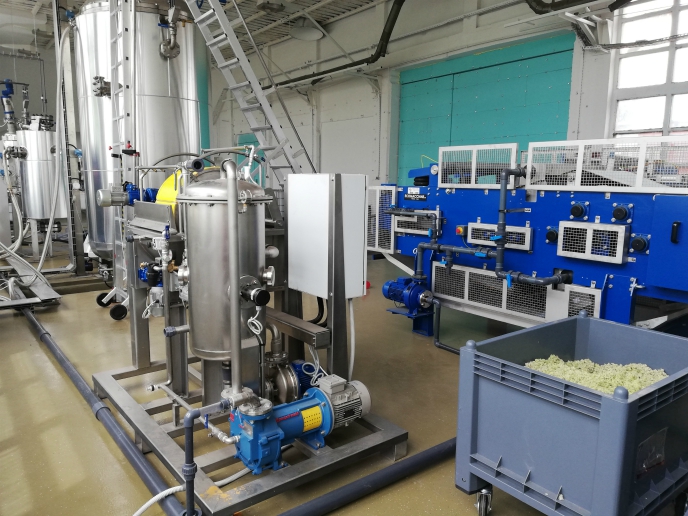Bringing the open-source software philosophy to hardware
While collaborative online software development has created a billion-euro economy, the extension of this business model to hardware has proven trickier. Nonetheless, the growing popularity of virtual design, digital manufacturing and makerspaces is creating new opportunities in this field. “Open-source hardware OSH began in the early 2000s with the collaborative development of technologies such as 3D printers,” explains OPEN!NEXT (Company-Community Collaboration for Open Source Development of products and services) project coordinator Robert Mies from the Berlin Institute of Technology in Germany. “Quite a few businesses today – especially in electronics – are sharing hardware designs and involving customers in this process. However, this model has not really been mainstreamed, and many businesses don’t know about the opportunities of OSH,” he says.
Making sense of open-source hardware
The OPEN!NEXT project set out to address this by encouraging and supporting small to medium-sized enterprises (SMEs) to engage in company-community collaborations. This was achieved by developing and trialling ICT infrastructure and digital tools to enable seamless collaborative engineering. “We first of all wanted to help business to make sense of OSH,” adds Mies. “All this can be a little overwhelming at the start, so we developed a business model toolkit to help companies identify the value proposition of OSH.” For organisations that signed up, the team also developed documentation templates that allow engineers and designers to foster the reuse of shared OSH designs in a structured way. “An immediate problem we saw was that while people want to share designs and work together, they don’t really know how to go about this,” says Mies. “So we created a library of OSH – called LOSH – where people can visit to share designs.” OPEN!NEXT also worked on digital solutions to facilitate collaborative production, such as skill-based matchmaking, as well as tools for navigating and utilising online repositories. The aim was to provide the basics for OSH projects to conduct research, maintain documentation, and carry out manufacturing and community-building activities.
Online offering and toolkits tested
The tools were designed based on the needs of six SME-led pilot projects in Amsterdam, Berlin, Copenhagen and Vienna. These pilot projects worked on real cases, such as developing open-source add-ons for solar cell electric cars, creating an air quality monitor that can be mounted on a bicycle, and co-designing new ways to minimise leftover wood waste from furniture production. The experiences and feedback from these projects helped the OPEN!NEXT team to further define and develop the digital OSH solutions. Critical to this was the involvement of 12 voluntary SMEs, which were selected through a call for cooperation.
Leveraging open-source hardware designs
The success of the demonstrations illustrated the innovative potential of this digital OSH approach. The project’s online repository and toolkits are now freely available in LOSH for businesses interested in developing OSH. “These tools can be used in almost all business-to-consumer (B2C) design cases,” remarks Mies. “One of the surprises was that SMEs and makerspaces proved to be a natural fit. I think that this is something that should be explored further.” Another interesting element of the project was the involvement and enthusiasm of artists. “We feel that the OSH domain could be enriching for the creative sector,” notes Mies. The OPEN!NEXT project succeeded in encouraging design and manufacturing collaboration, and making better use of existing OSH designs. In the long term, this collaborative way of working could help SMEs to reduce development costs, improve operational efficiencies and bring customers into the loop for more user-centred designs.
Keywords
OPEN!NEXT, hardware, OSH, 3D printers, manufacturing, software, collaboration, open-source







